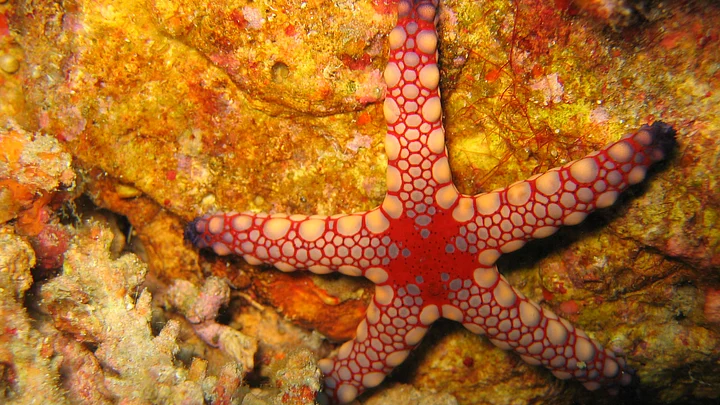We’ve all heard about Australia’s Great Barrier Reefs. But did you know that India is home to some spectacular coral reefs? Below we look at four facts about India’s coral reefs and the reasons why they’re threatened:
Coral Reefs in India
Coral reefs in India are mostly found in the Andaman and Nicobar Islands, the Gulf of Mannar, the Gulf of Kutch and the Lakshwadeep Islands. Recently, the Zoological Survey of India reported finding three “pristine” reefs off the coast of Sindhudurg in Maharashtra.
Many of India’s coral reefs are protected areas – the Gulf of Mannar, the Mahatma Gandhi Marine National Park and the Gulf of Kutch, for example, are marine national parks set up to preserve these fragile ecosystems.
Of Reefs and Fringes
There are essentially four types of coral reefs: Fringing Reefs, Atolls, Patch Reefs and Barrier Reefs. Fringing and barrier reefs tend to grow near the coastlines of islands and continents and are usually separated from land by a lagoon or shallow sea. Atolls occur when the coral reefs form a ring around the lagoon and often form around the mouth of an underwater volcano while patch reefs are more isolated reefs and rarely reach the surface of the water. Reefs tend to grow slowly and it can take an estimated 30 million years for an atoll to form.
Most of the coral reefs in India are of the fringing type but the Lakshwadeep Islands are coral atolls.
Endangered Ecosystems
Sadly, coral reefs in India (and, in fact, around most of the world) are under threat from the dangers of climate change, warming and rising oceans, overfishing, ocean acidification, water pollution, alien species invasion and coral mining.
Coral reefs are very sensitive ecosystems – even slight changes in water temperature and salinity can lead to coral “bleaching” and even death. Corals live with zooxanthellae (a type of algae) which provide food to the corals and also give reefs their colour. Bleaching occurs when rising ocean temperatures cause the corals to expel these zooxanthellae. This causes the reefs to turn white (“bleached”) and lose their major food source – a process which can eventually lead to the death of the reefs. By some estimates, a quarter of the world’s reefs are irreversibly damaged and could be wiped out by the end of this century.
Bleaching events have affected India’s reefs adversely before and many scientists fear that the ongoing “global coral bleaching event” triggered by climate change and the El Niño effect could have a negative long term impact on the coral reefs.
India’s reefs have long being threatened by both natural and human-induced factors. Activities like coral mining, unregulated tourism, overfishing and construction have direct and indirect impacts on reef health by destroying the reef structure or disturbing its species balance.
Why Coral Reefs Matter
Coral Reefs are also called the “rainforests of the sea”. Although they cover only about 1 percent of the ocean floor, they support an incredible 25 percent of marine biodiversity and are critical habitats for the planet. In addition to supporting the species diversity of the oceans, reefs are also important for human beings – they support traditional small-scale fishing communities, can generate much-needed revenue from eco-tourism and can even reduce the fury of tsunamis and storms.
Coral reefs are one of the most dynamic and threatened ecosystems in India and we need to urgently make their conservation a priority.
(Shalini Iyengar is a lawyer and Research Associate at the International University College of Turin)
